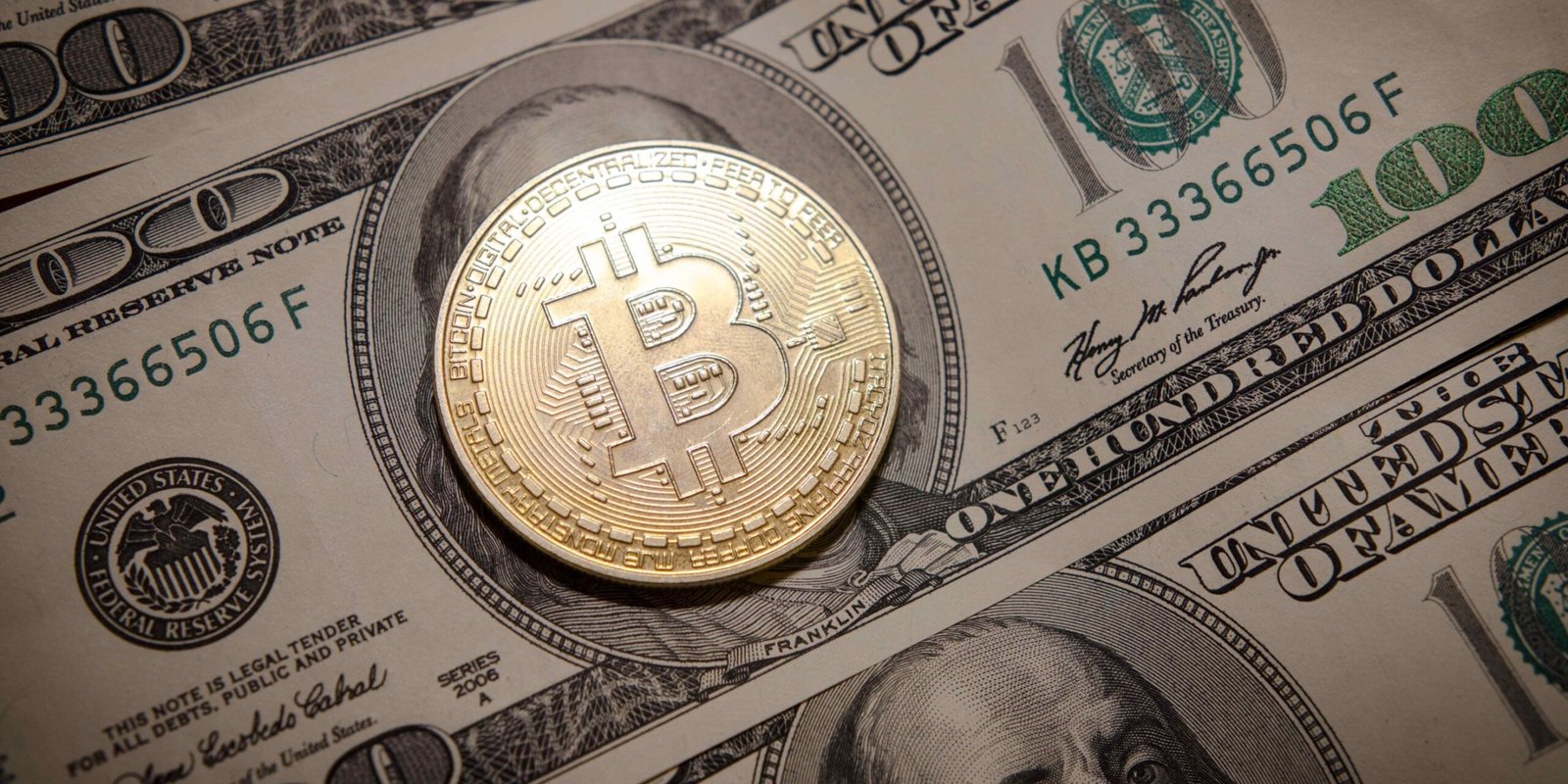waking up to a notification that your online crypto holdings have vanished overnight due to a sneaky hack. It’s a nightmare that’s becoming all too common in the fast-paced world of digital assets. But in August 2025, a quiet revolution is underway: cold wallets are stepping in as the unsung heroes, offering a fortress-like shield against cyber threats. This isn’t just about tech jargon—it’s about everyday folks reclaiming control over their money in an increasingly volatile crypto scene. As adoption skyrockets, cold wallets aren’t just growing; they’re redefining how we trust and interact with cryptocurrencies.
Understanding Cold Wallets: The Basics
Cold wallets, often called hardware or offline wallets, are like a high-tech safe deposit box for your crypto. Unlike hot wallets that stay connected to the internet for quick trades, cold wallets keep your private keys—the secret codes to your funds—completely offline. This makes them nearly impossible for hackers to crack remotely.
Think of it this way: if hot wallets are your everyday wallet in your pocket, cold wallets are the vault buried in your backyard. Popular options like Ledger or Trezor devices plug into your computer only when you need to make a transaction, then go back to being unplugged and secure. For beginners, this means peace of mind without needing a PhD in blockchain.

The Explosive Growth of Cold Wallets in 2025
Fast-forward to August 2025, and the numbers tell a compelling story. The global crypto wallet market, which includes a booming cold wallet segment, is projected to surge from about $12.59 billion in 2024 to over $100 billion by 2033, growing at a compound annual rate of 26.3%. Cold wallets specifically are seeing explosive demand, with hardware wallet revenues expected to jump from $583 million in 2025 to $3.3 billion by 2033—a 24.2% annual growth spurt.
Why the hype? Recent data shows a 178% surge in overall wallet adoption since early 2024, but cold storage is leading the charge amid rising cyber attacks. Institutional investors, from banks to hedge funds, are piling in, with over $3.8 billion in assets now tucked away in hardware solutions. Even individual users are catching on, as cold wallet cards—sleek, portable versions—claim a 19% market share.
This growth isn’t isolated; it’s fueled by real-world events like the $270 million acquisition deals in the space and partnerships that make cold wallets more accessible. For the average person, this means cheaper, user-friendly devices are flooding the market, turning what was once niche gear into must-have tools

Key Drivers Behind the Surge
Several forces are propelling cold wallets into the spotlight this month. First, security scares are at an all-time high. With hacks costing the crypto world billions in 2024 alone, people are ditching hot wallets for offline alternatives that are immune to online threats like phishing or malware.
Second, regulatory shifts are playing a big role. Governments worldwide, from the U.S. to Asia, are pushing for safer crypto practices. In August 2025, new guidelines emphasize self-custody, making cold wallets a go-to for compliance without sacrificing privacy. This has boosted adoption in regions like North America, which holds a 30.9% market share, and Asia-Pacific, the fastest-growing area thanks to fintech booms.
Third, the rise of DeFi (decentralized finance) and NFTs is demanding better protection. As more folks lend, borrow, or trade digital art, they need wallets that integrate seamlessly while staying secure. Cold wallets now support staking and DeFi apps, blending safety with functionality. For everyday users, this translates to earning rewards on your holdings without exposing them to risks.
Finally, falling prices and innovations—like multi-party computation tech in wallets such as Zengo—are making entry easier. No more fumbling with seed phrases; modern cold wallets use advanced encryption for hassle-free setup.
Impact on the Broader Crypto Ecosystem
Cold wallet growth isn’t just a trend—it’s reshaping the entire crypto landscape. By boosting security, it’s building trust among skeptics. More people feel safe dipping their toes in, leading to higher overall adoption. In August 2025, we’re seeing a 23.1% CAGR in the crypto wallet industry, partly because cold storage is encouraging institutional money to flow in, stabilizing prices and reducing volatility.
This shift is also supercharging innovation. With safer storage, developers are creating bolder DeFi platforms and NFT marketplaces. Remittances, for instance, are booming: crypto transfers via cold wallets are faster and cheaper, especially in developing countries where traditional banking falls short.
On a personal level, it’s empowering ordinary investors. Families saving in Bitcoin or Ethereum can now hold long-term without constant worry. Even meme coins and altcoins benefit, as secure wallets make speculative trading less risky. Overall, cold wallets are turning crypto from a wild west into a reliable alternative to traditional finance.

Challenges and Considerations
Of course, no growth story is without hurdles. Cold wallets can be pricier upfront—think $50 to $250 for a device—and require some tech savvy to set up. Losing your hardware or forgetting your recovery phrase? That could lock you out forever, a risk that’s scared off some newcomers.
Usability is improving, but they’re still not as convenient for frequent traders who need instant access. Plus, with the market’s rapid evolution, staying updated on firmware patches is crucial to avoid vulnerabilities.
For beginners, start small: research reputable brands, back up your keys, and never share them. As the ecosystem matures, these challenges are easing, but awareness is key to safe adoption.
Looking Ahead: What’s Next for Cold Wallets?
Peering into the crystal ball, August 2025 hints at exciting developments. Expect more integrations with everyday apps, like seamless connections to payment systems or even AI-driven security alerts. Hybrid models—combining cold storage with warm (semi-online) features—could bridge the gap between safety and speed.
By 2032, projections show the hardware wallet segment alone hitting $1.5 billion, driven by blockchain advancements and global remittance growth. For the average person, this means crypto becoming as straightforward as using a debit card, but with unbreakable security.
In summary, cold wallet growth in August 2025 is more than stats—it’s a movement toward a safer, more inclusive crypto world. Whether you’re a newbie stacking sats or a seasoned hodler, embracing this trend could be your smartest move yet. Dive in, stay secure, and watch how it transforms your digital future.






















